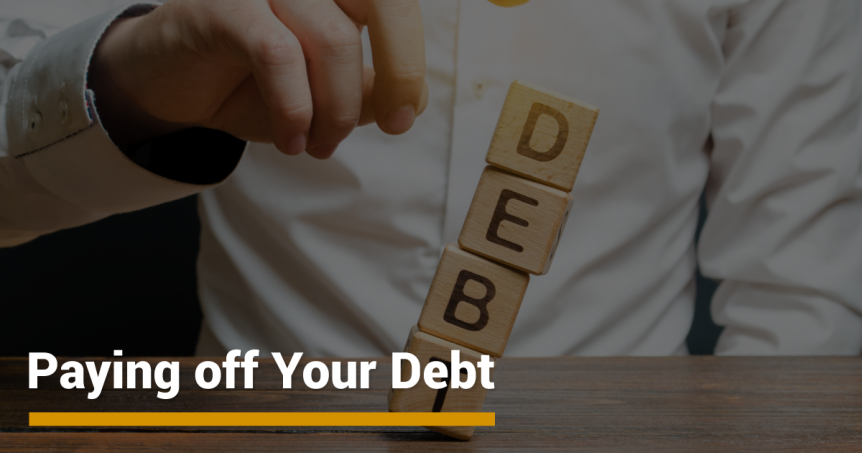“What I am about to share,” Dr. DuBois replied, “you would do well to write on your heart and place in your purse. Many a ruined man dates his downfall from the day he began buying what he did not need. If you are in debt, part of you belongs to your creditors. To whom you give your money, you give your power.”
Unfortunately, Dr. DuBois’ advice is relevant to the vast majority of Americans. Recent studies indicate that Americans owe over $1 trillion dollars in credit card debt alone.
Bad Debt vs. Better Debt
At Snider Advisors, we break debt into bad debt and better debt. Better debt is debt you use to buy an appreciating asset. Bad debt is everything else. So, for example, better debt would include your mortgage, student loans (for yourself, not for your kids), and debt to buy a business or investment. Bad debt includes home equity loans, home improvement loans, car loans and all department store and credit card debt.
Before you retire, get rid of all bad debt. You cannot be financially independent if you still owe money to creditors. We have three simple guidelines to keep in mind when it comes to debt:
- Change your attitude about money—just because you have it doesn’t mean you should spend it.
- Be entrepreneurial—look for other ways to make money outside of your job.
- Save for what you want—do not buy things on credit.
Plan to Eliminate Debt
If you’re going to get rid of all bad debt, you’ve got to have a plan. First, list out all the bad debts you have along with each corresponding interest rate and monthly payment. Second, separate the secured debt from unsecured debt. Secured debt is backed by an underlying asset. If you fail to pay, the lending institution can take the asset from you. Common examples include auto loans and mortgages.
Unsecured debt has no tangible item on the line as collateral, so it usually comes with a higher interest rate. Personal loans and credit cards are the most common types of unsecured debt. Student loans are a little tricky. It seems as though it should be classified as unsecured debt, since the bank cannot take back your education and there is no collateral; however, stringent laws apply to student loan debt. For example, it is not dischargeable in bankruptcy, so student loans should be considered secured debt.
Next, rank each secured debt from highest interest rate to lowest. Your secured debts should be paid first, since you do not want to face repossession or legal judgments.
For all your secured debts, you will continue paying the regularly scheduled amounts. You will not make any additional payments unless you have no unsecured debt to pay. If this is the case, follow the waterfall approach outlined below to pay off your secured debt more quickly.
Rank each unsecured debt in the same manner you ranked the secured debt, from the highest interest rate to the lowest. You should take a waterfall approach when deciding what order to pay them. This means that you should start working on the highest interest debt first, but continue to make minimum payments on the rest to avoid damaging your credit.
Once you pay off the highest interest rate, move on to the next-highest. Keep doing this until all your unsecured debt is paid off, and then turn your focus to the secured debt.
Don’t Pay the Minimum
You cannot be successful at getting rid of all your bad debt if you are only making the minimum payments. Decide how much extra each month you can allocate toward paying things off more quickly.
Once you pay off a debt, take the amount you were paying on that debt and put it towards the next one. If you get a bonus or raise at work, an inheritance, or other lump sum, use it to get rid of bad debt.
Some may consider a “quick-fix” in the form of consolidation. This entails taking a number of debts and combining them into one large debt, often collateralized with a mortgage to allow for a lower interest rate.
Generally, this is not a good idea for two main reasons. First, for most, excessive spending is the problem and the excessive debt is the symptom; therefore, consolidation may enable those with bad financial habits to spend more. Second, your debt becomes spread out over a longer period of time, meaning more interest is paid in the long run.
Dealing with debt isn’t particularly rosy, but you can do it. It is going to take commitment, determination, and hard work to see through to the end result. If you follow these guidelines and steps, you will have a systematic plan to eliminate your bad debt and put yourself that much closer to true financial independence.







